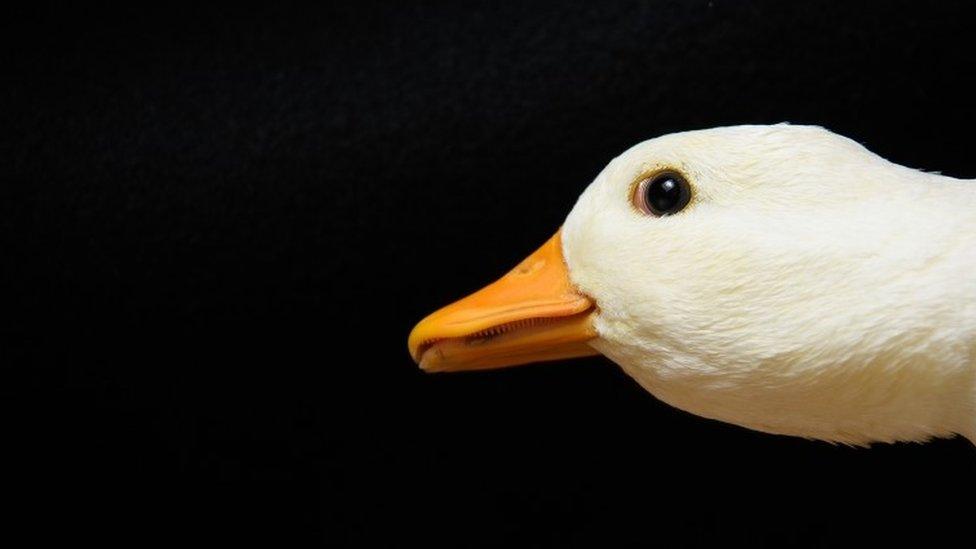Outdoor return for hens as bird flu fears fade
- Published
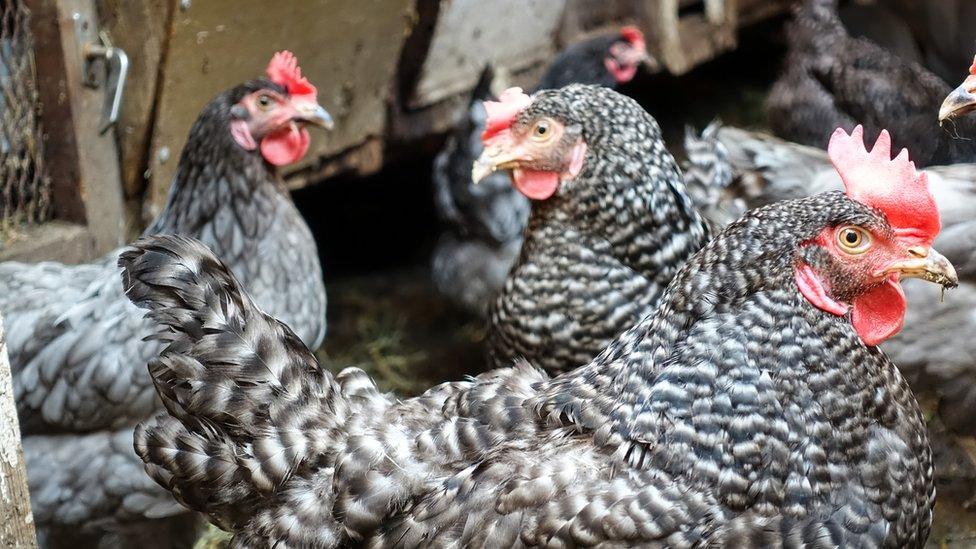
Scotland's commercial hens have been shut in-doors since December
Free range egg producers in Scotland are beginning the process of allowing their hens back outside.
The birds have been shut indoors since high-risk zones were designated in parts of England in response to the recent bird flu outbreak.
Under the Scottish government's rules, flocks have been permitted to be kept outside as long as heightened bio-security measures have been in place.
But north and south of the border, the industry decided to house the birds to keep all producers on a level playing field.
It has resulted in free range egg-boxes being re-labelled to say the contents were produced from birds kept in barns.
But producers like John Retson from Blairgowrie in Perthshire believe it was the right move.
'Consumer demand'
He said: "They have had the upset of being shut-in, but I think they are surviving and have coped very well.
"I think it's been probably as difficult as I thought it was going to be, but there is more than 50% of the UK's eggs produced by free range hens so we have to protect that.
"We have to protect the consumer's demand for free range and it was the only way forward."
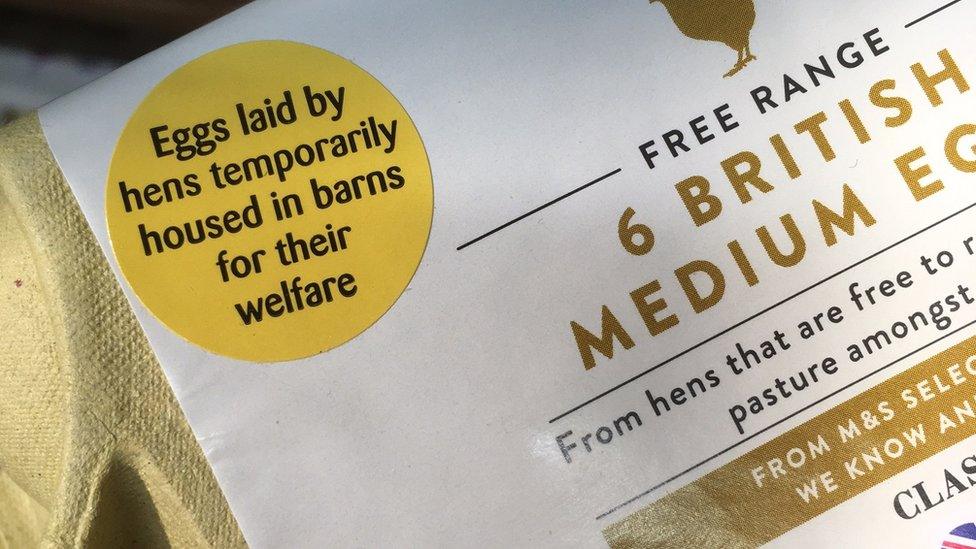
Boxes of free range eggs were relabelled because of the restrictions
Contracting bird flu, or avian influenza, would have been the end for the 24,000 birds housed in two barns on John's Perthshire farm.
It's an infectious virus carried by wild birds from the continent, with a single case discovered in Scotland.
The particular strain doing the rounds this year is not infectious to humans.
'Prevention zone'
But when it reaches kept birds they have to be culled, which can be devastating for the farmer.
A prevention zone remains in place across Scotland until the end of April with similar restrictions on bio-security for England and Wales.
Scotland's Chief Veterinary Officer, Sheila Voas, said: "We are now looking at the populations of wild birds to see what evidence there is of disease in them.
"We know that a lot of the migrating water fowl, which brought the virus to us in the first place, have left. We also know that resident birds are mating at this point so they are less mobile that they were.
"We're doing a bit of increased surveillance to look and see what's in our resident population."
A decision will be made in the coming weeks on whether to extend or lift the prevention zone.
But even after it is lifted, experts say it would be good practice for farmers to maintain a higher level of bio-security.
- Published8 February 2017

- Published16 December 2016
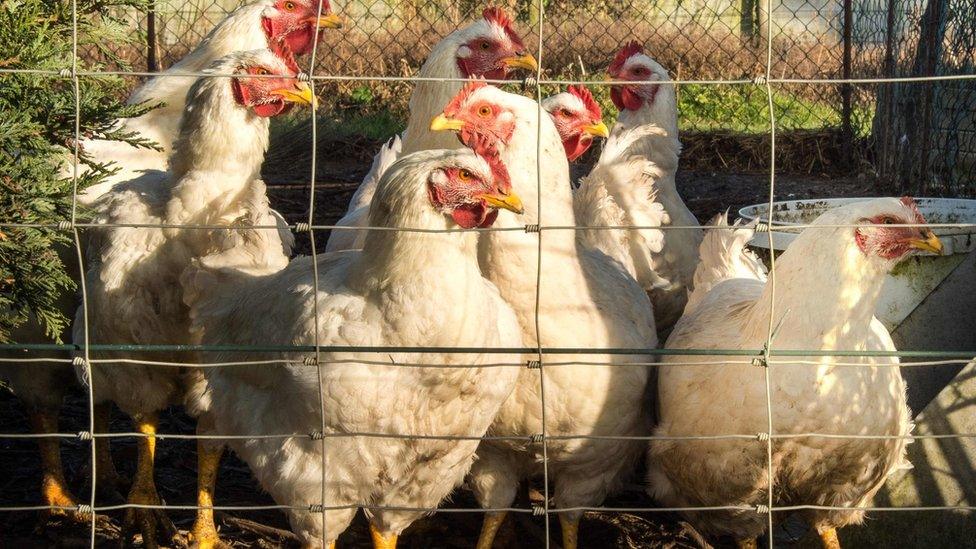
- Published16 December 2016
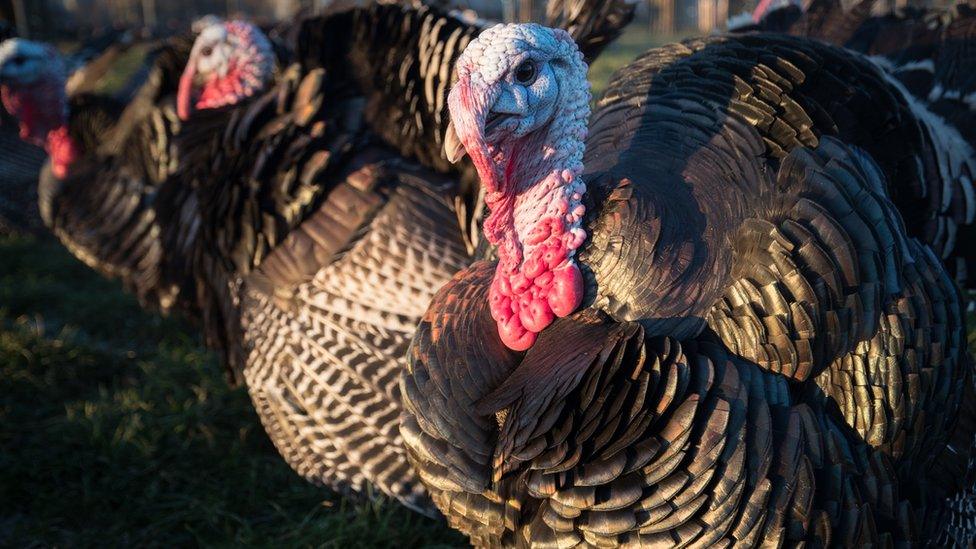
- Published7 December 2016

- Published7 December 2016
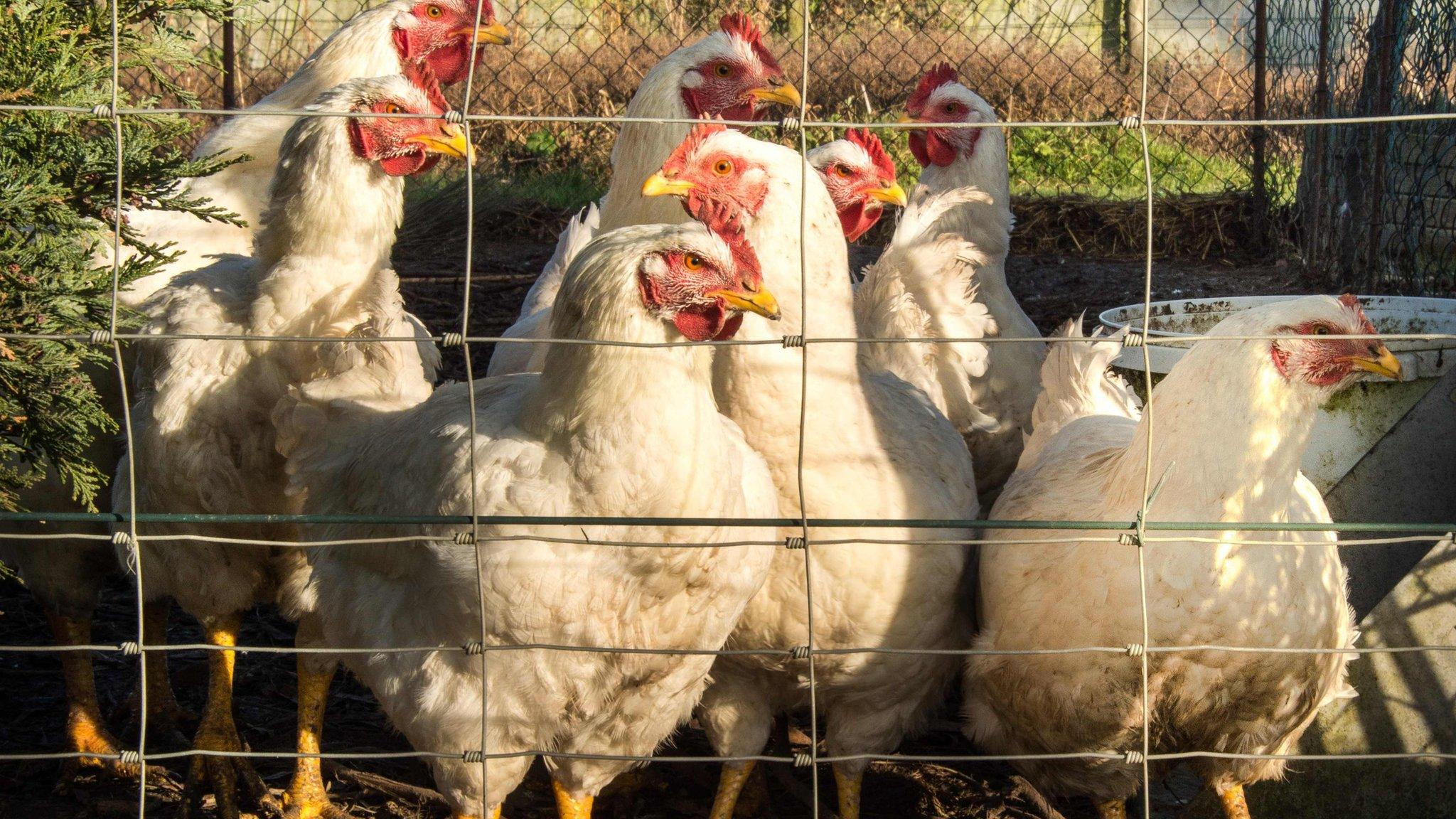
- Published27 November 2016
